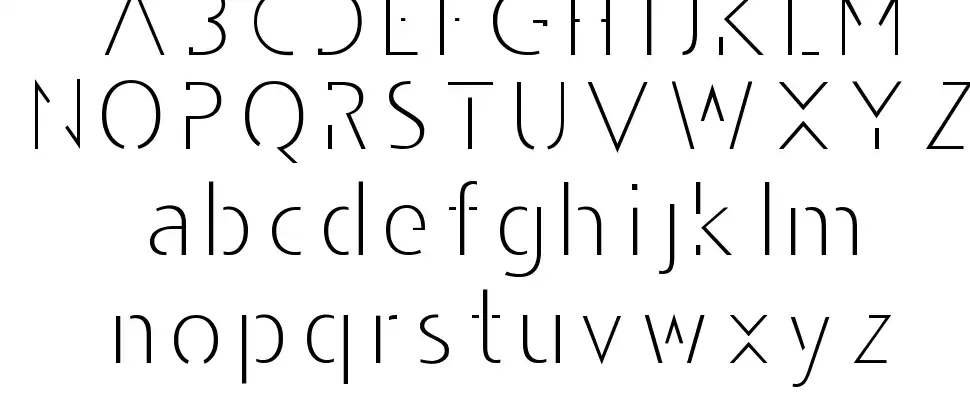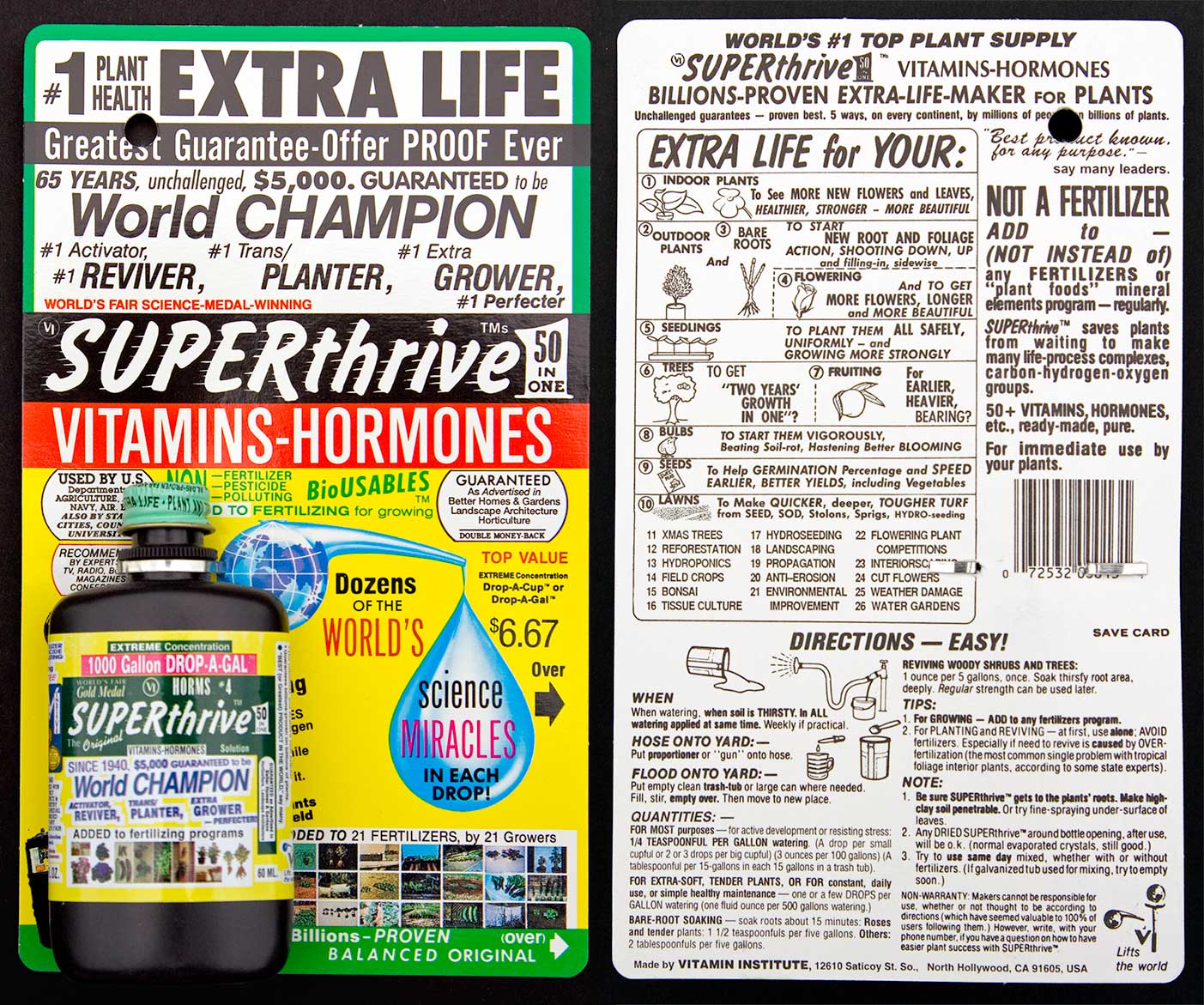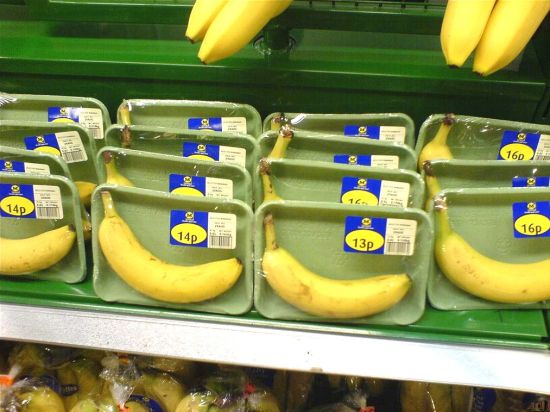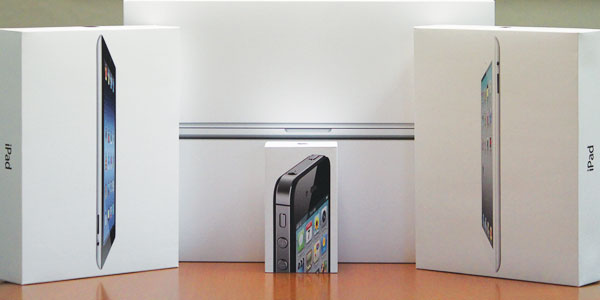Sustainable design
While doing my research on sustainable design , I came across this website (http://www.popsci.com) There were a few others but not as detailed and also had a plan from today leading up to 2030. They estimated by 2030 there will be 5 billion people living in urban area compare to the 3.3 today. The monster infrastructure already roaring to life in Asia and Africa. Such growth poses profound ecological problems, but at thier best, cities are actually the easiest places for eco-minded living.
This company has presented the most visionary ideas put forth by scientists, engineers and designers to mate the cities ofr the future what they were meant to be all along: sustainable.
I think their plans are very realistic why? Because most of the new sustainable designs we see today was mocked up for movies like Back to the Future with Jamie Fox. The thing is designs was never made to work just for our mind to wonder, but with how the world is changing today for the bad scientist and designers came together and made most of them possible and there is more to come just like what Popsci have planed.
PodCar
Electric Car Today
SkyTran
Electric Power
Green House
The Wall Street Journal asked four architects to:
design an energy-efficient, environmentally sustainable house without regard to cost, technology, aesthetics or the way we are used to living. The idea was not to dream up anything impossible or unlikely -- in other words, no antigravity living rooms. Instead, we asked the architects to think of what technology might make possible in the next few decades. They in turn asked us to rethink the way we live.
The results are fascinating. Where some might say that the green gizmo-covered single family house in Greenwich is over, this is the Wall Street Journal, and hey, they all have their old salaries back, the boys are back in town, so whatever, there's no need to really rethink the way we live.
William McDonough + Partners envisions its house like a tree. The "bark" of the house is made up of thin, insulating films that would self-clean and self-heal if damaged. A curved roof with large eaves provides shade, which lowers the heat load in summer. The "trunk," or the frame of the home, consists of carbon tubes, while the "roots" are a heat-pump system buried in the yard.



























